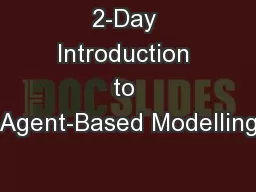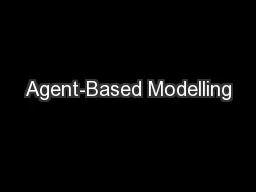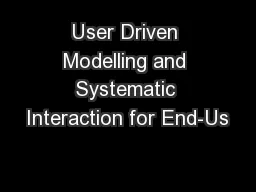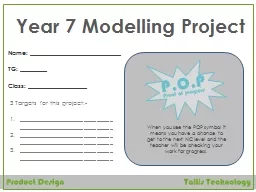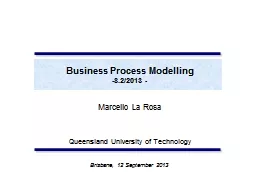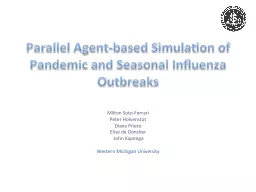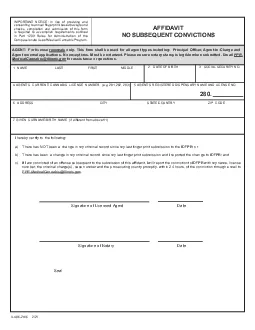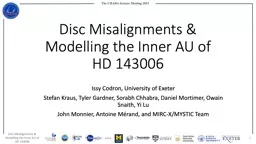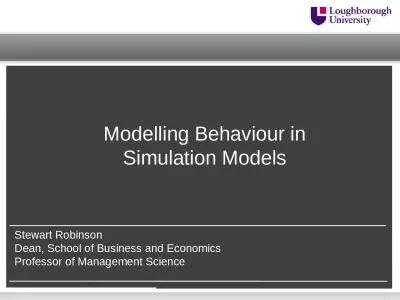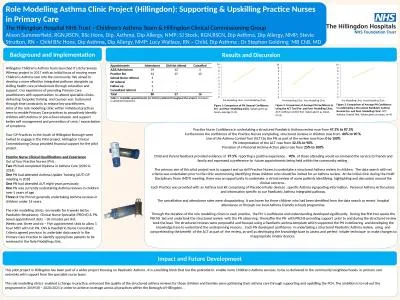PPT-2-Day Introduction to Agent-Based Modelling
Author : faustina-dinatale | Published Date : 2018-01-17
Day 1 Session 3 Internal states sets properties interpretation and kinds of decision making Fixed vs Reactive vs Adaptive vs Reflective Agents vs How agents control
Presentation Embed Code
Download Presentation
Download Presentation The PPT/PDF document "2-Day Introduction to Agent-Based Modell..." is the property of its rightful owner. Permission is granted to download and print the materials on this website for personal, non-commercial use only, and to display it on your personal computer provided you do not modify the materials and that you retain all copyright notices contained in the materials. By downloading content from our website, you accept the terms of this agreement.
2-Day Introduction to Agent-Based Modelling: Transcript
Download Rules Of Document
"2-Day Introduction to Agent-Based Modelling"The content belongs to its owner. You may download and print it for personal use, without modification, and keep all copyright notices. By downloading, you agree to these terms.
Related Documents

